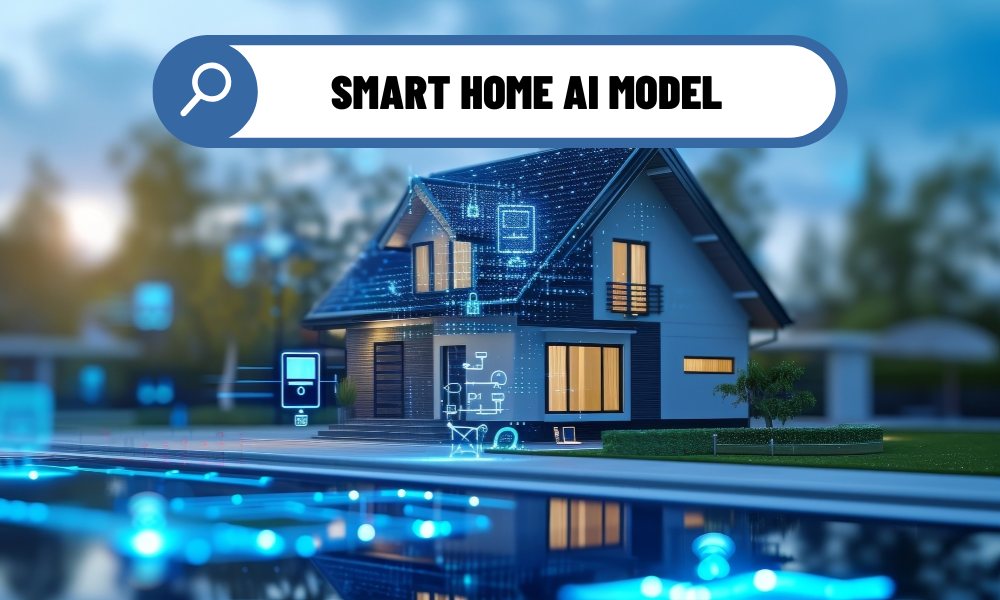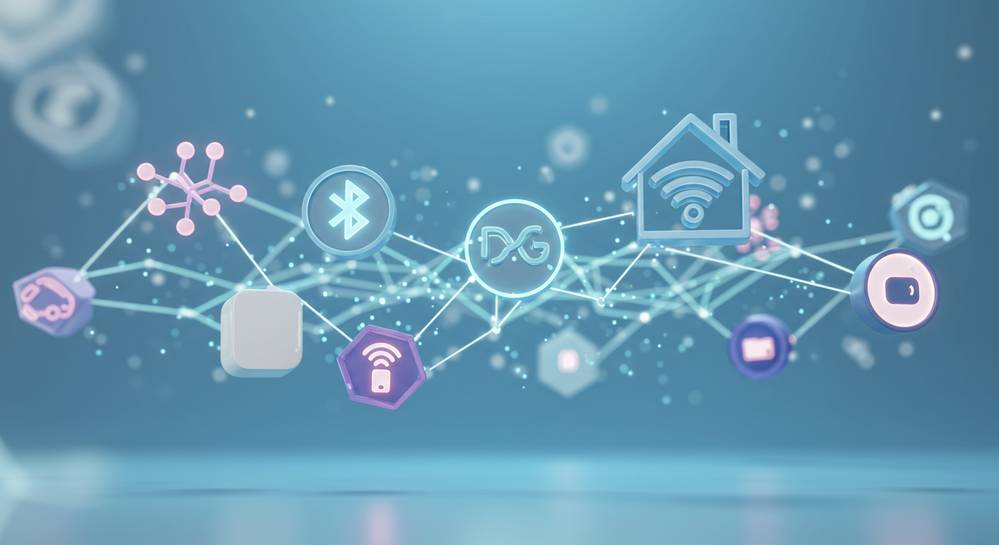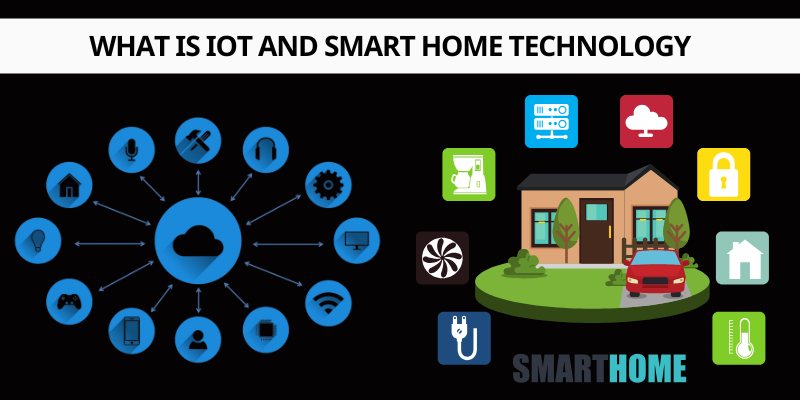In the age of hyperconnectivity, smart homes are no longer a mosaic of disconnected gadgets. They’re evolving into intelligent ecosystems, powered by AI models that do more than react—they interpret, predict, and optimize human interaction with space. At the core of this evolution is the smart home AI model, a quiet force transforming domestic life from scripted automation to autonomous intelligence.
What sets this shift apart isn’t the hardware—but the ability of AI to understand nuance, behavior, and context. The home stops acting like a machine. It starts thinking like a resident.
Contents
Understanding the Model: Intelligence That Feels Intuitive
The strength of any AI-driven smart home lies in its model’s capacity to simulate understanding. A simple rule-based system may turn off lights at midnight. But a well-trained AI model will sense your routine, your mood, even your stress levels—and adjust your environment accordingly.
It listens and adapts, not just to what is said, but to how and when it’s said. Lighting schemes might evolve as your sleeping habits shift. Temperature settings change subtly based on occupancy, weather patterns, or energy market dynamics. Over time, it’s not just automation—it’s personalization at the edge of intuition.

Decentralized Intelligence: Why Privacy Shapes Trust
One of the most important breakthroughs isn’t about what these models can do—but how and where they process data.
Legacy systems rely heavily on centralized cloud infrastructure, often making user data vulnerable to breaches or misuse. But modern smart home AI models are shifting toward on-device inference and decentralized data flows. Through blockchain, encrypted storage, and tokenized permissions, users can finally assert ownership over their behavioral data—without sacrificing performance.
In this way, intelligence is no longer harvested from the user. It is cultivated for the user, in a system where trust is built through architecture, not policy.
Continuous Adaptation: A Model That Evolves With You
A true smart home doesn’t just remember your preferences—it understands change. The AI model continuously retrains based on real-time data: how often you’re home, what devices you use, how you react to environmental shifts. The model is dynamic, capable of refining its logic in parallel with your lifestyle.
This adaptability extends to multi-user households, too. The system distinguishes between individuals, tailors interactions accordingly, and maintains both personalized environments and collective harmony—without manual input.
It’s not just about control anymore. It’s about letting go of micro-management, and trusting your space to operate in harmony with your needs.
The Bigger Picture: Smart Homes as Autonomous Agents
As smart home AI models grow in capability, they’re beginning to function like autonomous agents in broader decentralized ecosystems. They interact with local energy markets, participate in token-based access control, and even execute smart contracts based on household events.
For example, a home could independently negotiate energy usage with a DePIN-based grid, or grant a delivery drone temporary access via a blockchain-based identity credential. These are no longer hypothetical scenarios—they’re becoming the architectural logic of future-ready homes.

Conclusion: Your Home, Finally Intelligent
A smart home AI model is more than a piece of technology—it’s the nervous system of the modern living space. It empowers your environment to listen, adapt, and even protect—without violating privacy or requiring your constant input.
What we’re witnessing is a convergence: of AI, decentralization, and real-world human behavior. It’s no longer about smart assistants in the corner of your room—it’s about intelligent space, capable of decision-making, secured by design, and customized for how you actually live.
The homes of tomorrow won’t just be smart. They’ll be aware.


